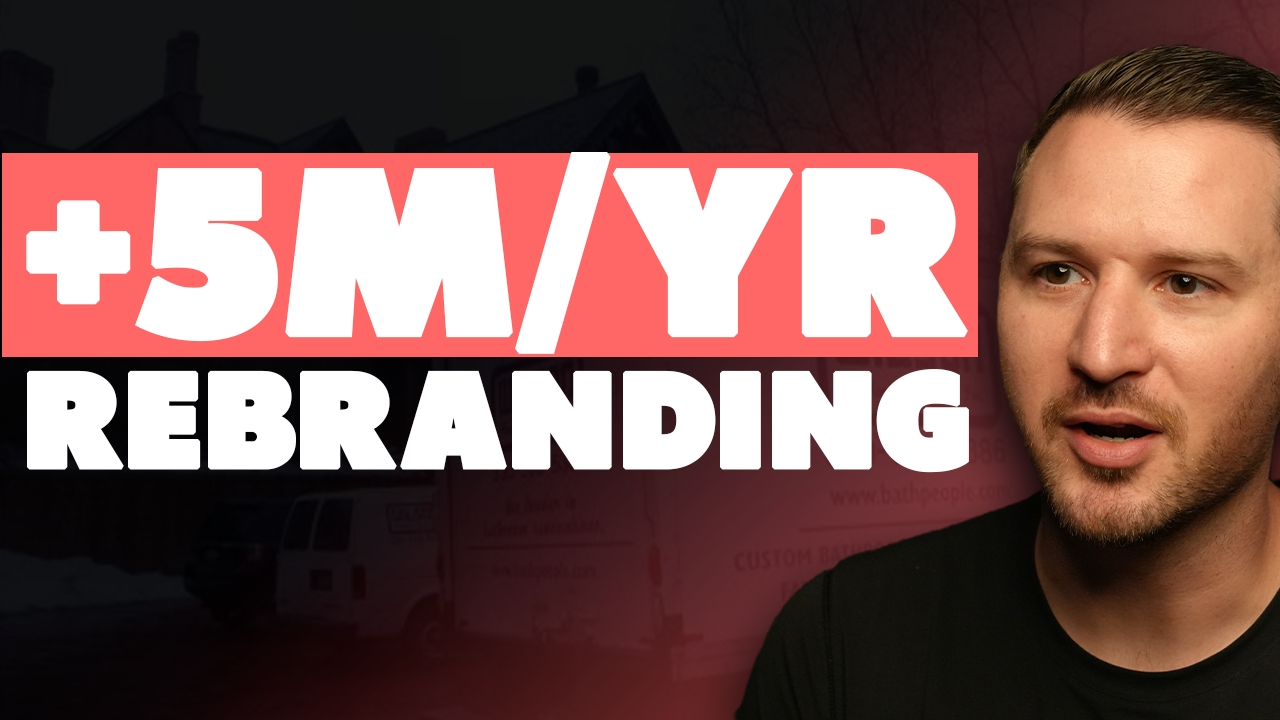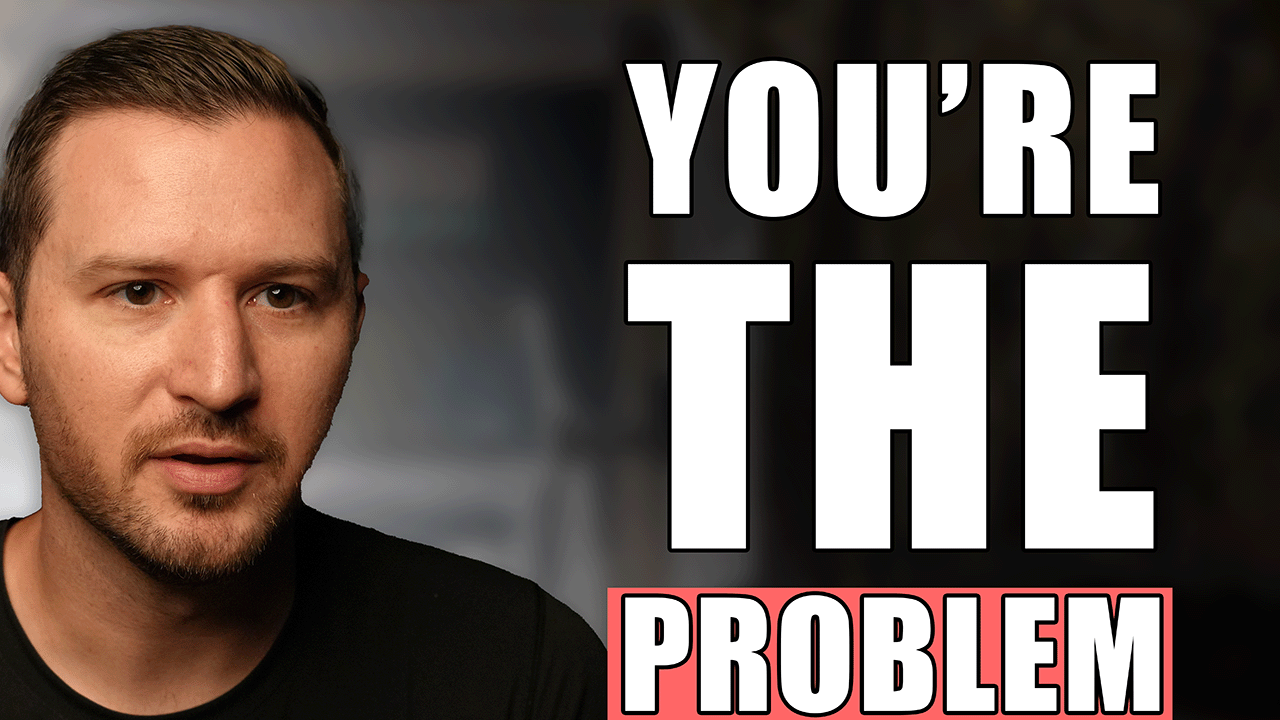As companies grow, they collect complexity by default. Every new person adds preferences. Every new system adds steps. Every new service line adds decisions.
And before you even notice it, the business that used to run on instinct now needs a binder of procedures just to get through the day.
I see it every time I ask someone to build a process. They return with 25 steps for something that really needs three. It is not because they are wrong. It is because complexity feels like competence.
But the more complicated a process becomes, the slower everyone moves. People get lost. Steps get skipped. Training drags on. And the thing you built to create consistency ends up hiding mistakes instead of preventing them.
Simplicity is not an aesthetic choice. It is a performance advantage.
(Here’s the story of an operator who knows how to build simple, sustainable processes)
The Cost of Complication
Complexity breaks in quiet ways.
The process works in a meeting but collapses in the field.
The team spends more time managing steps than doing work.
New hires feel overwhelmed before they even start.
The more detailed the process, the higher the odds that something slips. Nothing kills execution faster than friction.
So before you ask what you should add to improve performance, ask what you can remove.
The Fewest Things Done Well
There are only a few questions that matter when you are simplifying a business.
- What is the smallest set of services we can offer and still be highly profitable?
- What can we train anyone to do repeatedly and predictably?
- What steps in each workflow are actually essential and which ones are noise?
I used to joke that my dream company would only install water heaters.
One service. One skill. Easy to train. Easy to staff. Easy to scale into new markets.
The joke was not far off from the truth.
Most owners complicate their business by adding trades too early.
When you expand before you have the resources, the business becomes messy long before it becomes strong.
I learned that the hard way.
The Moment It Became Obvious
In 2023, we compared our operation to a competitor down the road.
Same revenue. Half the complexity.
If we went head-to-head, they would beat us. Not because they were better operators, but because their business model was cleaner. They had fewer moving parts. Fewer decisions. Fewer chances for things to go sideways.
Meanwhile, we were juggling:
- Multiple payroll systems
- Multiple QuickBooks files
- Too many bank accounts
- Too many credit lines
The business was growing, but it was heavier than it needed to be. Every decision required context. Every fix required digging. Every improvement required untangling something first.
So we unwound it all.
- One QuickBooks
- One payroll
- A couple bank accounts
- One credit system
The result was immediate. The business took off, not because we added new strategies, but because we removed the drag.
The Simplicity Phase
For the last three years, we have rebuilt the administrative backbone of the company around simplicity.
Cleaner systems. Fewer tools. Fewer decisions. And all that freed up headspace goes directly into the moves that actually drive revenue.
When complexity drops, clarity rises.
When clarity rises, speed follows.
And when the business moves faster, everything else improves.
Strip away the noise so the company can run the way it was meant to.








.avif)
